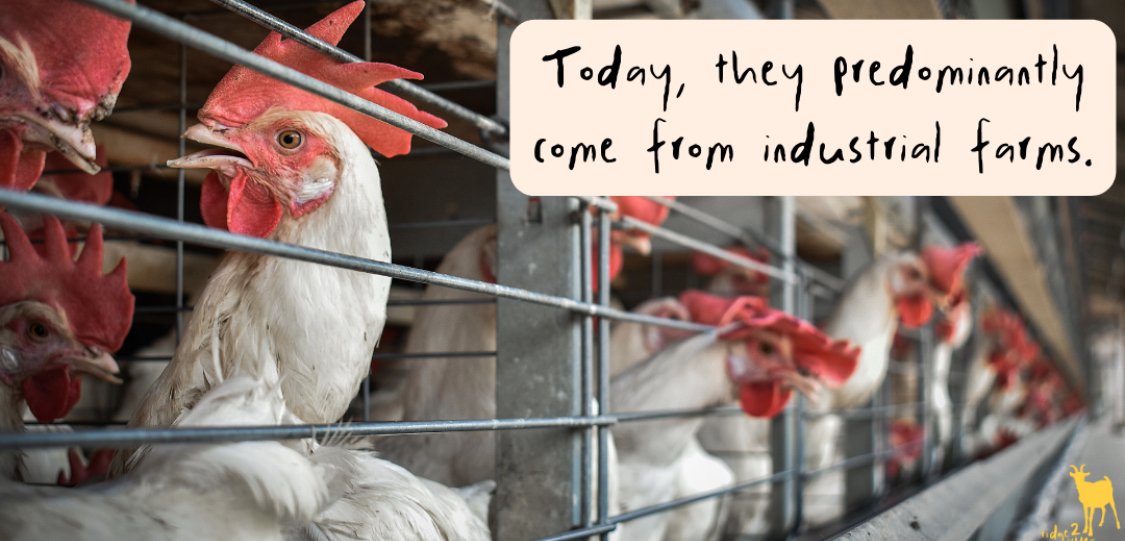What about Eggs for Easter?
Happy Easter!
What is the first Easter tradition that comes to your mind?
For many, painting eggs is something to look forward to each year.
Each year, 180 million eggs are purchased in the U.S. just for Easter! The White House alone uses 30,000 eggs for its annual egg roll.
Decorating eggs has origins far back in human history, but what we know today more closely began as a springtime Pagan tradition. This became associated with Christian celebrations about 800 years ago. Back then, animal products were forbidden during Lent, and worshipers would mark the end of the period by decorating eggs and later cooking them for Easter.
Today, egg decorating isn't exclusively associated with religious activity, and anyone can enjoy it. But just as decorating eggs has changed, so has egg production.
Until the mid-1900s, the majority of eggs were from backyard hens. Since then, due to demand, production has become more and more industrialized. Today, the vast majority of eggs come from CAFOs (Concentrated Animal Feeding Operations).
Egg-laying hens in the industry are typically kept in dirty, packed cages with wire flooring. They live entirely indoors and suffer from physical and mental health concerns from these conditions. They only see the outside on their way to slaughter. Their beaks are commonly trimmed without anesthesia or pain killers, which is painful to them. Hens have been bred to produce twice the number of eggs they did 100 years ago, putting extreme stress on their bodies. They are considered “spent” after 1-2 years old and are slaughtered for pet or livestock food.
What about Free Range Eggs? Even “Free Range” chicken producers remove parts of the hens’ beak in the first few days of life. Some starve their birds to force molting (loss of feathers) to manipulate the laying cycle. And virtually all commercial operations are supplied by hatcheries that kill male chicks shortly after hatching.
What about the males? After being hatched, chicks are sorted between male and female. This is not 100% accurate, but since males cannot lay eggs and they don’t get as large as chickens used for meat, the industry has deemed them useless. Within 24 hours of hatching, they are killed. Often this is done by grinding them alive, gassing or suffocating them in plastic bags. Up to 7 billion male chicks are killed each year in the egg industry.
The natural lifespan of a chicken is 7-8 years old. Mothers will talk to their chicks through the egg before they are hatched, so once out of the shell a chick can recognize their mom by her sounds. Hens naturally would only lay about 12-15 eggs per year, but they have been bred to lay around 300 eggs per year, to keep up with human demand. Laying so many eggs has many health concerns for hens.
Chickens are intelligent and very social animals. They can distinguish more than 100 faces of their own species and humans. They can self-recognize. They can understand basic counting. Chickens have shown to be able to anticipate the future and demonstrate self-control – something previously attributed only to humans and primates.
The good news?
Painting eggs can still be a lively tradition without causing harm to hens. Wooden and ceramic eggs are widely available, and while new plastic is an easy option, we recommend checking out your favorite place to buy used as they often have preloved plastic eggs ready to be decorated, too.
And for egg-free cooking, the options are endless! Check out Ridge2River.org/recipes to get started today.
Happy decorating!
Sources: Advances in Poultry Welfare, AG Hires, United Egg Products, UW - Madison, History, American Egg Board, History, KU







